
Total Football Journeyman: Creating My 4-3-3/4-2-3-1 Hybrid
The following tactical experiment drew inspiration from many sources. It would not be Total Football without its tactical holy grail of course. Ajax’ original 4-3-3 with Johan Cruyff centering the attack and controlling the whole formation from his iconic False 9 position. Then came the next natural evolution of this formula with Pep Guardiola’s Barca and the talismanic rise of its young Argentinian star. Finally, recently we witnessed an emergence of a renewed Total Football system at Ajax under it’s current manager, Erik Ten Hag. This piece is not meant to be an exact recreation of Ten Hag’s tactics. Rather I’m looking to create my own version of 4-3-3/4-2-3-1 Hybrid tactic that fits my team. Hopefully it will also give you ideas on how to similarly adapt Ajax style to your own team in FM22.
In my opinion, the 2010/11 Barcelona is still the best modern recreation of the 4-3-3 as introduced by Rinus Michels. Similarly to Michels’ system, Pep’s 4-3-3 formation was made with ultimate control of the ball and space in mind. You had all the major elements in place like wingers that cut inside and wingbacks bombing forward and providing width. The interchange of positions that allowed Barca to cover every meter of the field. Positional Play is not a completely new concept but rather a new take on the old Dutch Total Football formula. Much like Michels’ Ajax, Pep Guardiola’s Barca ran circles around their opposition. Total control of the ball, the pitch and of the match.
While using the seemingly simple 4-3-3 formation allowed Pep’s Barca to achieve numerical, qualitative and positional superiority over most opponents. Their highly technical style was reminiscent of the great Dutch teams of the 1970s like Michels’ Ajax and Happel’s Feyenoord. Naturally, Guardiola called his version of Total Football, Juego de Posición (Positional Play).
In its early days, Pep’s Total Football was misunderstood by pundits was labeled “Tiki-Taka”. A name that gave the wrong impression that it was all about passing the ball for the sake of possession. In fact, Guardiola hates the word “Tiki-Taka”, because of this connotation. His philosophy is the total opposite. To Guardiola possession is very purposeful and only “means to an end”. Its goal – to completely disorganize the opposition, overload them on one side, allowing the players to attack the opposite side.
The Hybrid Future of Total Football
While Pep took 4-3-3 formation to whole new heights with Barca, he squeezed all he could out of that shape. For Total Football to evolve and continue its tradition of beautiful attacking game within the highly demanding modern football world, some things needed to change. This is where Ten Hag, another bald man with a passion for Total Football, steps in. For he had his own innovative vision of the classic 4-3-3. Welcome the future of Total Football: 4-3-3/4-2-3-1 Hybrid formation. It blends the best elements of both of these shapes. The positional, defensive advantages of the 4-3-3 with the attacking movement of the more aggressive 4-2-3-1.
Ajax have mostly lined up in a 4-2-3-1 this season. A shape that could look like a 4-3-3 at times. Sometimes it is hard to tell the two apart when watching them play. It’s hard to pinpoint out what their build-up structure is, since they have so many variations. Depending on which players they use. But the key aspect here is how Ajax maintain a higher tempo with short passes to create diagonal passing ranges to progress the ball from one end to another. And Ten Hag is not afraid to instruct his team to play more vertical passes forward. Especially when they employ the tall, strongman Haller upfront.
During its record-breaking 2018 Champions League run, Ten Hag’s Ajax used both 4-3-3 and 4-2-3-1 to great advantage. While on paper it appeared that he had his team lined up in a 4-2-3-1, the reality was quite different. Depending on the phase of play, Ten Hag’s team might look like it’s using 4-3-3 or the more aggressive 4-2-3-1. It is hard to pinpoint their exact structure exactly because of so many variations from defensive positions to attacking movement. The team might defend like 4-5-1 but then transform into a more dangerous 4-2-3-1 shape during attack. Ten Hag’s Ajax puts into question our modern obsession with labelling and numbering formations. Does it really matter? Not to Total Football, it doesn’t. What really matters is movement of players on the field to use that space to its full extent.
FM22 Recreation
As stated earlier, my goal isn’t recreating Ten Hag’s Ajax in FM22 but rather creating my own 4-3-3/4-2-3-1 Hybrid formation. There is clear inspiration from how Ajax play, but I think it’s impossible to create that exact tactic with a team other than Ajax. Rather I want to craft something unique in my current FM22 save with Villareal FC.
I had a lot of success with 4-2-3-1 in my first season with Villareal. We exceeded expectations by finishing 3rd in La Liga. We also scored 70 goals while only conceding 30. Many of our scored goals came as a result of open plays and passes through the middle of the field.
So starting 2nd season I wanted to try something different. Actually, I was really itching to give 4-3-3, my all-time favourite FM formation, a go in FM22. But naturally, I did not want to sabotage the progress that the team made in the previous season. Like they say, when things are going well why reinvent the wheel? Well, sometimes you should make a little adjustment, if you want things to work even better. So I had idea. 4-3-3 can really look a lot like 4-2-3-1, especially in its attacking phase. They are really not that different.
Essentially in both formations, you line up with 4 defenders, 3 midfielders and 3 forwards (one central and two wide). In both 4-3-3 and 4-2-3-1 I prefer my widemen cuting inside to offer more support to the lone striker. Also they can work better combinations with the striker or the more attacking midfielder (either AMC in the typical 4-2-3-1 or CM(A) in 4-3-3 but more on that later). This also makes sense when you are trying to create a style that relies on scoring goals through central plays and short passes. Having traditional wingers tends to encourage the more direct crosses and passes even if you use “short pass” instruction. What I love about Inverted Wingers and Inside Forwards is that they don’t have “cross more” as a hardcoded instruction.
Without the wide players cutting inside, your central striker can easily get isolated. And without any obvious targets for his passes, he will end up blasting long-shots on goal. Unless you possess a godly poacher-like striker, your side becomes all too easy to defend against. Thus it is always better to have more than one goal outlet. Good inside forwards/inverted wingers provide such an outlet. I like to have one inverted winger as a more supporting role and one pure attacker (inside forward on attack). This way you have all your bases covered in your front three. You have one support-oriented wide attacker, one pure attacker and a central striker that unites the two tasks. For this reason I recommend using the most “Complete” Forward possible as your central striker in both 4-2-3-1 and 4-3-3.
That player is Gerard Moreno in my current Villareal save. A definition of a Complete Forward if there ever was one. A veritable focal point role, spearheading our formation.
Moreno is ever-present influence in my lineup. He can both create goals, provide potent scoring threat and act as an important passing link. As a link-up player he connects our midfield to wide attack. A true linchpin player. So a role for him could be no other than Complete Forward (Attack). If I had a more technical player (like Messi for instance) I probably would not hesitate to play him as a Trequartista. A Complete Forward on support duty could also work well here. Especially if you have a striker who is less clinical with his finishing and a better passer.
NOTE: I actually switched to CF (Support) in the most recent tactic version (download available at the end of this article).
So with my Complete Forward basically doing a bit of everything in our attacking trio, the two widemen have to be more specialized. As a whole unit the three have to complement each other’s skills. Alongside your Moreno-type jack-of-all-trades striker, you will require one supporter and one attacker. The choice of roles becomes rather simple too.
Naturally, Inverted Winger is a hybrid role that is somewhat between an advanced wide playmaker and inside forward. On support duty, he will tend to sit deeper and link-up with the midfield and the other forwards. He is there to play risky crossfield passes and support the attack in any way he can. Of course if he gets into a good scoring position then he will try to score. His individual mentality (attacking) is still high enough for this to happen often. So you would still need a player with decent finishing and other mental attributes (like composure) associated with the goal-scorers. Scoring goals just isn’t the primary task for this player. Think of him as a secondary advanced playmaker without the playmaking role.

Someone like Villareal’s wonderkid Yeremy Pino is actually perfect for the role. He could also play as your typical Trequartista striker. Then for the more attacking wide forward, you will want your best scorer. Unlike the central striker, he needs to be your most mobile attacker. Almost like a natural poacher but with some dribbling skill. So naturally attributes like finishing, first touch, off-the-ball, composure, anticipation and acceleration are a requirement. This player is essentially our secondary striker, and so his main focus should be goals, more goals and … some more goals.
But before I get carried away with all the roles, I have to answer one very important questions. How do I want my team to play? I know that Total Football is my end-goal but it is still worthwhile to outline the kind of behaviors and movements I want to see from the rest of my players, especially the midfielders and wingbacks. So while my wide forwards cut inside and my central striker does pretty much everything in the middle, what do these other roles do?
As mentioned before, I don’t think that 4-3-3 and 4-2-3-1 are very different. In their attacking phase that is. In both formations, there is a three-men midfield that needs to be well-balanced for either tactic to work. By this, I mean that you will need three players that each have a specific task. You’ll need one midfielder who is primarily your “creator”/roamer, one “engine”/runner player and one more defensively-oriented “destroyer”. Such a combination allows to really mix-up the three duties: attack, support and defend. In general, any good tactic needs a combination of all three. But only the best tactics, have all three duties complement each other. Role and duty variety will make your tactic more dynamic and less easy for the opposition to counter. Also, a good duty distribution will assure that the players are not getting into each other’s space and leaving other areas of the pitch unattended.
For a style of football that is build around hard work and covering every quadrant of the pitch, this is absolutely essential. Gone are the days where you could just set every duty to “support” and select “very fluid” fluidity and call it Total Football. Football Manager has become more complex since then but at the same time more logical when it comes to tactic creation.
For instance, let’s take a look at my tactic. Like the rest of my formation, I want a good, balanced distribution of roles and duties in my midfield. As you will notice, I don’t repeat any single player role in my tactic. This is because I want each of my players to do something different. The overall tactic is better when players contribute in their own unique ways towards the collective strategy.
Midfield Creator – AP (A)
This is the reason why I believe that 4-3-3 and 4-2-3-1 can essentially work the same in attack even if the midfield looks different in defensive phase (what you see in FM tactics screen). Both formations require a well-balanced midfield where every duty is covered. So you have your typical midfield runner/engine, creator and destroyer. But instead of having an advanced playmaker higher upfield, there is a central midfield playmaker on attack duty. During attacking phase he will move up and roam around the same space as the advanced playmaker in 4-2-3-1. At times he actually shares the “runner” duty with my midfield engine (Segundo Volante). The added benefit is that during defensive phase a playmaker that starts in deeper position will also try drop back to defend from this position.
Some of you might wonder why put your playmaker on “attack” duty? Isn’t that too aggressive for a role which you essentially want to take more time with the ball? Well, that is not how duties work in the game. They are more of a risk-taking indicator. Of course, you want some of you forwards, especially the goal-scorers, to be on attack duty. Naturally, you want them to operate at the highest risk-taking level to take more of their chances. That is one reason why some purely attacking roles like Poacher only come with attack duty. This does not mean that every role on attack duty will always attempt to get forward into the opposition penalty area. This might be true for inside forwards and strikers. They often have instructions like “get further forward” when on attack duty. Advanced Playmaker does not have this instruction (although it can be selected).
Instead when operating with “attacking” or “very attacking” mentality (depending on your overall team mentality) advanced playmakers will make more risky passes. It’s kind of like having “pass into space” instruction that only works for a specific player and not the whole team. Or kind of like the equivalent of “tries killer balls often” trait that can be selected on and off. All you have to do is just switch your designated playmaker to “support” duty and he will play less risky. Especially when you want to maintain better possession and keep your midfield more compact against a stronger team. Or against a weak team, you could put him on attack duty if you want him to be more adventurous in his passing.
Midfield Runner – The Engine – Segundo Volante
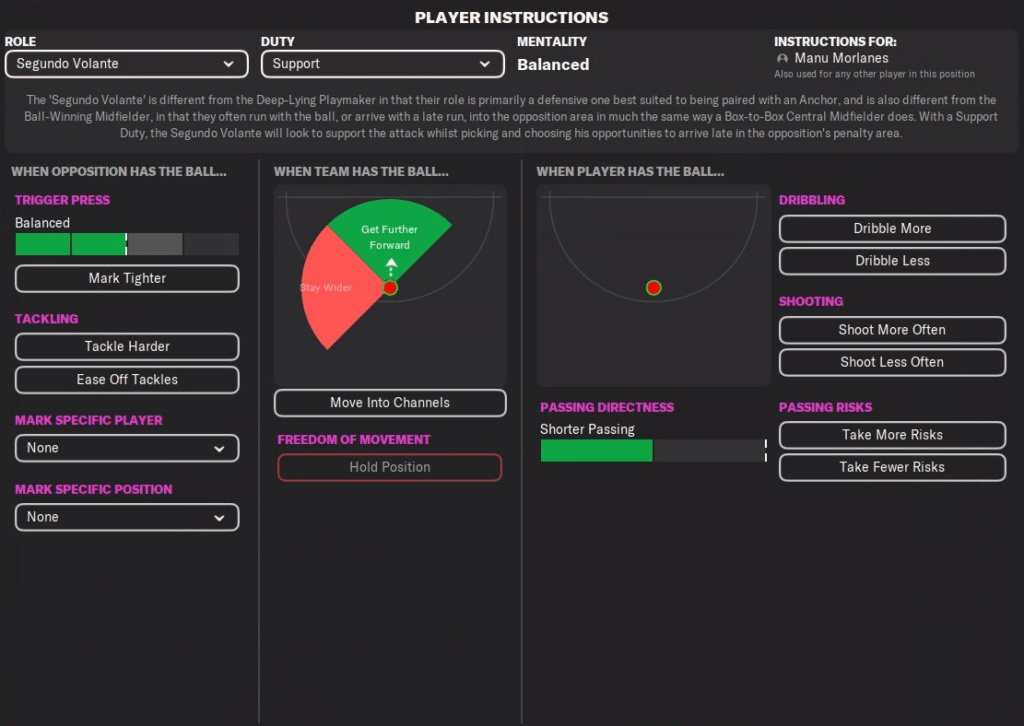
Somewhat counterintuitively, my “runner” is the role with “support” duty. However, I add “get further forward” instruction to make him into a more potent goal threat. You will need those penetrating deep runs on goal when operating with a formation that is more defensive like 4-3-3. Especially if you want it to attacks like a 4-2-3-1. The Segundo Volante is perfect for this penetrative runner role. It essentially acts like a deeplying Box-to-Box Midfielder, with the added benefit of starting in a deeper defensive position. This doesn’t prevent it from getting up the field and supporting attacks in a similar way to BBM. In fact, I believe SV to be “truer” Box-to-Box role because he’ll cover more space than an actual BBM role. This is due to his deeper starting position.
Of course, you will require a suitably hard-working, well-rounded player for this demanding role. High attributes in Teamwork, Workrate and Stamina are essential for such a player. He is not only your “runner” but is also, more importantly, your midfield “engine”. A jack-of-all-trades who will defend, pass and attack. And generally, be present all over the midfield to support his teammates. Someone, like Clarence Seedorf would be my first choice for an ideal Segundo Volante/deep Box-to-Box player.
Clarence “Il Professore” Seedorf built his reputation as a well-rounded, hardworking and versatile midfielder. From the start of his career at Ajax, he revealed his strength, pace, stamina and pure physicality. All these attributes allowed him to play anywhere in midfield and contribute both offensively and defensively as a versatile box-to-box midfielder. While his significant tactical intelligence, usually associated with a playmaker, allowed him to be also deployed as an attacking midfielder, a mezzala, or even on the wing.
#6 – Defensive Pivot – Defensive Midfielder (D)
Finally, moving onto the third role in my midfield. The defend duty midfiled. Our defensive pivot player. I settled on a generic Defenisive Midfielder (Defend) for this role. And there is a very good reason why.
He is basically your “defensive link” player in the centre of the pitch. Pep Guardiola played this key role in Johan Cruyff’s 3-4-3. Then as a manager himself, Pep employed two players who went on to define this role (especially in a possession system): Sergio Busquets and Fernandinho. Due to the attacking nature of the wingbacks and the two “free 8s”, the defensive solidity of the tactic depends on having a good player in your #6 position. Maybe even one of your best players. Arguably, a very demanding role. If you can only get one “Total Footballer” for your tactic then this is the place where one is needed. More so than in any other position in the formation.
Your midfield pivot need not be your best playmaker. But he always needs to be available for a short pass from the defenders. Or a backward pass from your central midfielders for the times when you’re being pressed and you need to recycle the ball. Therefore, he always has to remain cool under pressure, even in the face of the hardest opposition pressure. He might not be a physical beast like your typical centreback or midfield destroyer, but nevertheless will require above average Composure, Concentration, Tackling, Jumping and Strength. That is because he possesses clear defensive responsibilities to shield your defensive line and stop counter-attacks.
Actually someone like my recent academy graduate, would be an ideal player to train into the Defensive Pivot role. This 15 year old Bulgarian wonderkid could become one of the best Defensive Midfielders of his generation, in a similar mold to Sergio Busquets. Just needs a bit of training attention and playing experience.
My wonderkid already possesses some of the attributes required for the role. Such as decent Tackling, Marking and Positioning. Then finally the all-important “Total Football” attributes of Teamwork, Bravery, Workrate and Determination are like the glue that connects all of the pivot’s strengths into one well-rounded package.
So what role is the best for this essential position in the formation? Although you already know which role I settled on, I would still like to walk you through my thought process behind this tactical choice. In real-life a half-back role might fit Busquets, but it’s not always the best role for every situation your formation will face. Nor does Busquets always play like a half-back. Ideally, I would like a role that changes its behavior dynamically depending on the situation. A hybrid role. A bit like how Pep Guardiola had his #6 playing at both Barcelona and Man City. But we all know that it is not really possible within the limits of the FM game engine. Maybe one day. For now we have to do with what we have.
I definitely know what I DON’T want from my #6 pivot role. I don’t want him to roam around too much and leave his defensive position behind. So regista or roaming playmaker is pretty much out of the question. I don’t want him pushing too far forward and joining the other midfielders. When the possession is lost he’ll be caught upfield with not enough time to get back into his defensive position. I also don’t want him to be too aggressive in hunting the ball like your typical ball-winning midfielder. Especially given the aggressive nature of our defending. And I definitely don’t want a playmaker here so as not to slow our play down by having two playmakers pass back and forth in the midfield.
At the same time you don’t want a role that sits back too much and is not proactive or creative enough. So while I use DM (D) role as my #6, I included some individual instructions to make him play more creatively and take more risks. This also ruled Anchor out for me, because you cannot instruct it to take more risks,
So to combine all of these requirements into a single role is no simple task. Also you will have to take into account the hidden hard-coded behavior that some roles might have. Such as the Half-Back dropping deep between your centrebacks (“splitting the centrebacks”) during possession phase when your wingbacks go forward.
Then there is also the factor of the unique traits that some players might possess. These can drastically change the behavior of the player, no matter what their set role or instructions are.
For example, the traits of this player essentially make him act like a playmaker even if he is not specifically set in DLP role.
Conclusion: Putting It All Together
The trick to setting up a strong midfield in the 4-3-3/4-2-3-1 Hybrid is in how the three players work together. You have your AP(A), “creator” who acts as the creative link. He is the sole designated playmaker in a short passing-focused formation so naturally most plays and passes will go through him. For this I prefer his central starting position rather than a deeper or more advanced one. As a linchpin of the formation, he is perfectly positioned to receive and launch passes. Also, due to his “attack” duty he’ll be more active in finding space in the centre of the pitch. And from there he can spray risky vertical passes towards the forwards. AP(A) is the only such playmaker role in the formation. The only one that could have high enough individual mentality for my purposes. So it was a choice that was rather obvious.
Then at the same time, the midfield “engine” is there to fill in the spaces liberated by our more adventurous playmaker. And to always be available as a back-up passing option if our forwards get marked out. Together with the DM(D), the Segundo Volante will help with recycling the ball and keeping possession. As much as he will drop back to defend, it is not his primary function. Rather it is to make an impact higher up the pitch (reason for “get further” instruction). I want him to score long-shot goals, assist and generally cover every inch of the pitch. If this player does not run the furthest out of all your players, then there is something wrong. A real-life energizer bunny that glues the whole midfield together.
Finally, there is not much more to say about my defensive pivot player. I already wrote quite a bit about this important role. He is there to protect the defence. To a greater degree than the SV. In a Hybrid formation, he is the true Hybrid role. He is a player whose job is to mix up many roles in one. A bit of a defensive Anchor combined with a smooth-passing Deeplying Playmaker and a Ball-winning “destroyer”. And with even some aspects of a Centreback. A true “Total Footballer” role, if there ever was one.
On that note, I will end this before I start to ramble too much. Thank you for reading! If you enjoyed this write-up, then please follow us @ Dictate The Game’s Facebook and Dictate The Game’s Twitter.
If you want to try this tactic with your team in FM22, then here is the link: https://ufile.io/f5tou64z
Keep in mind that this version is actually a mirrored formation from the one I discussed in the article. All the roles are the same (except for CF) except they are switched to the opposite side. Good luck in your management!
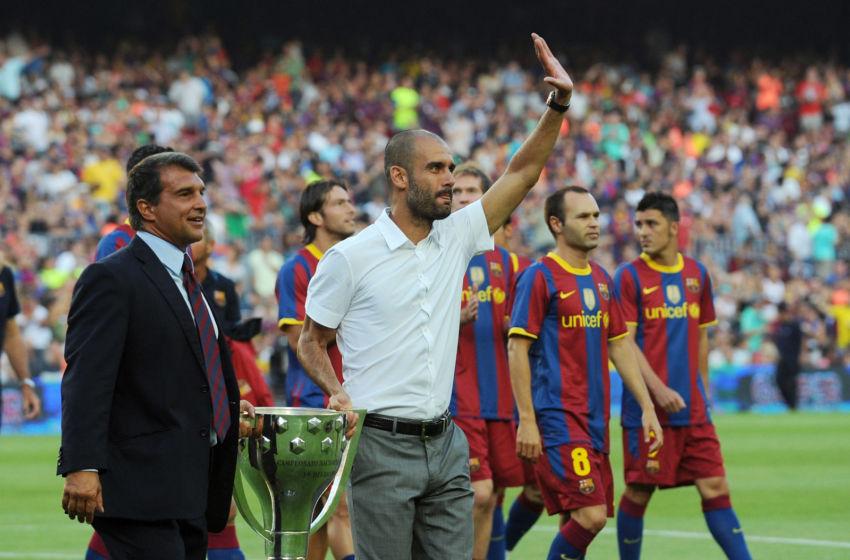
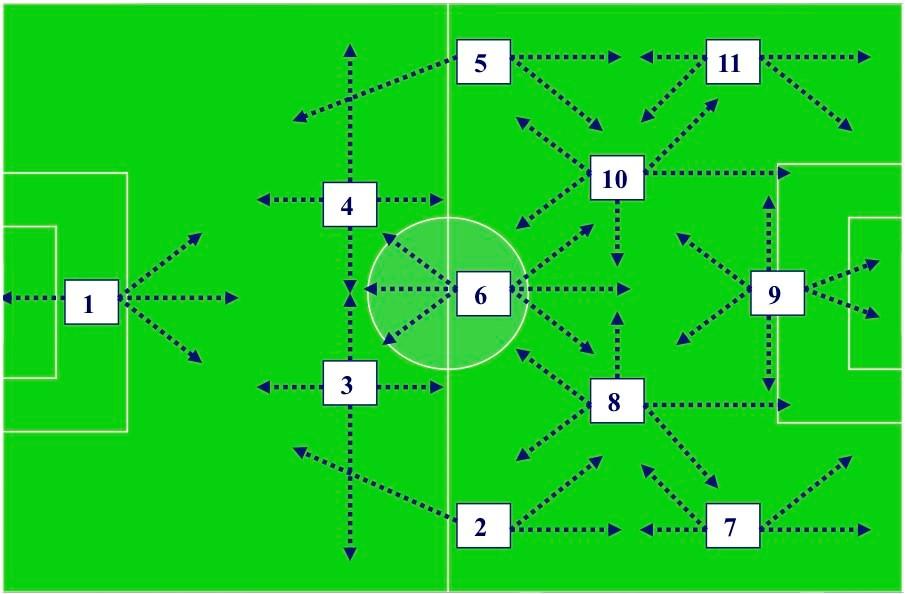


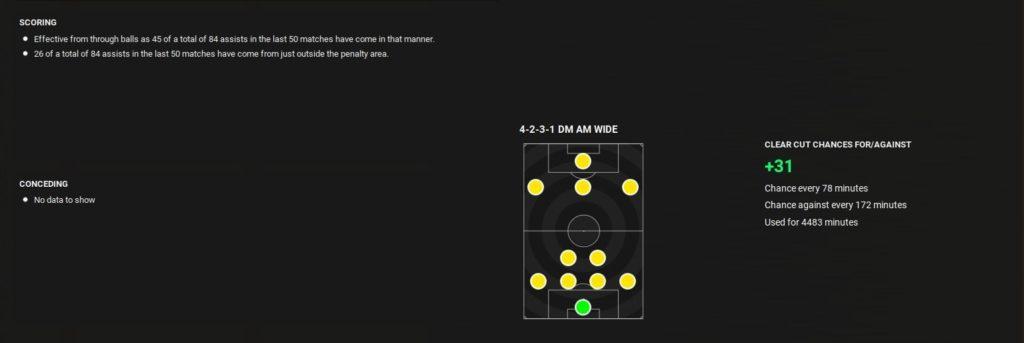


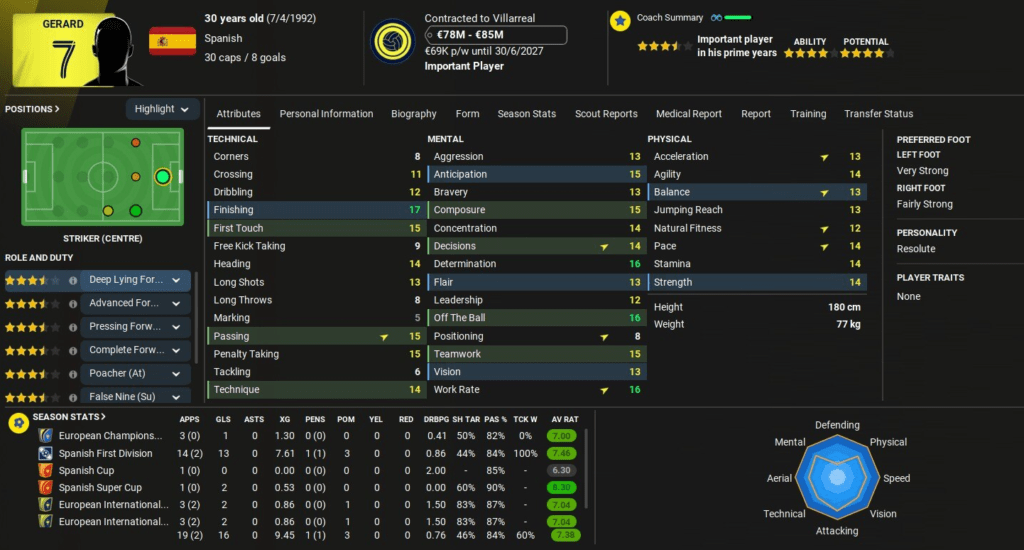
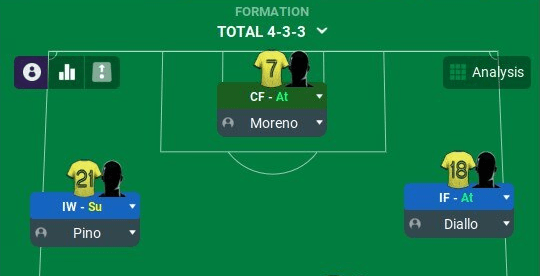
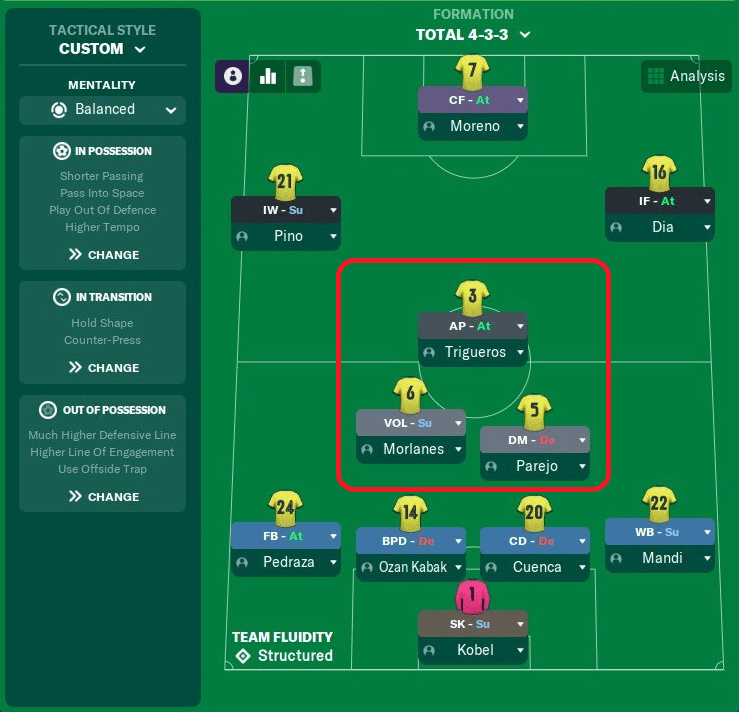
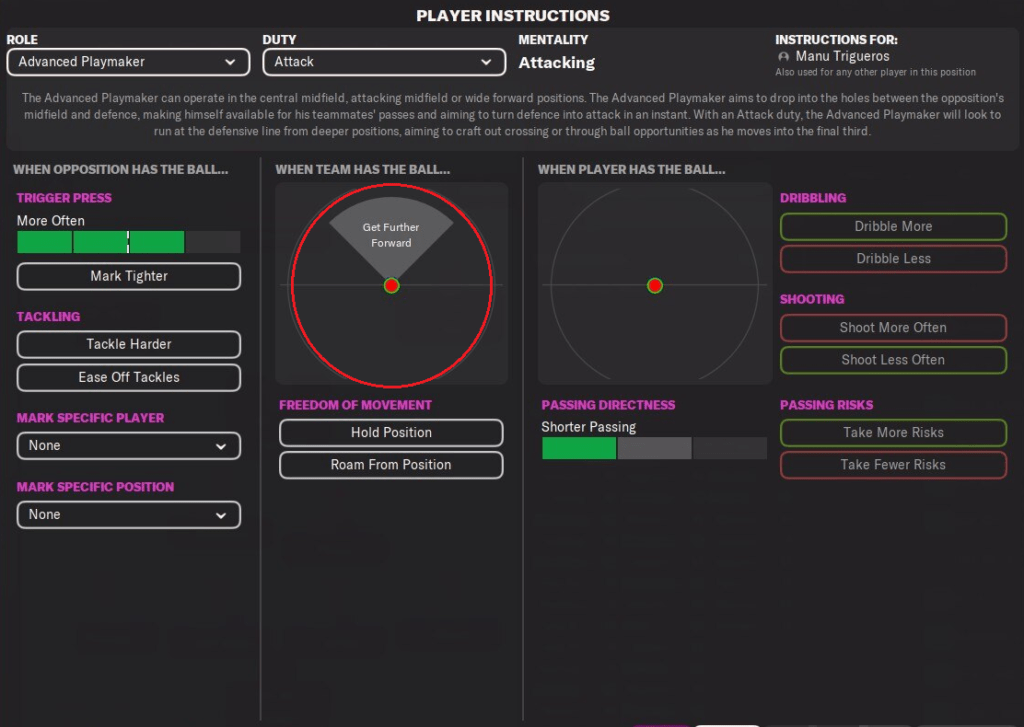
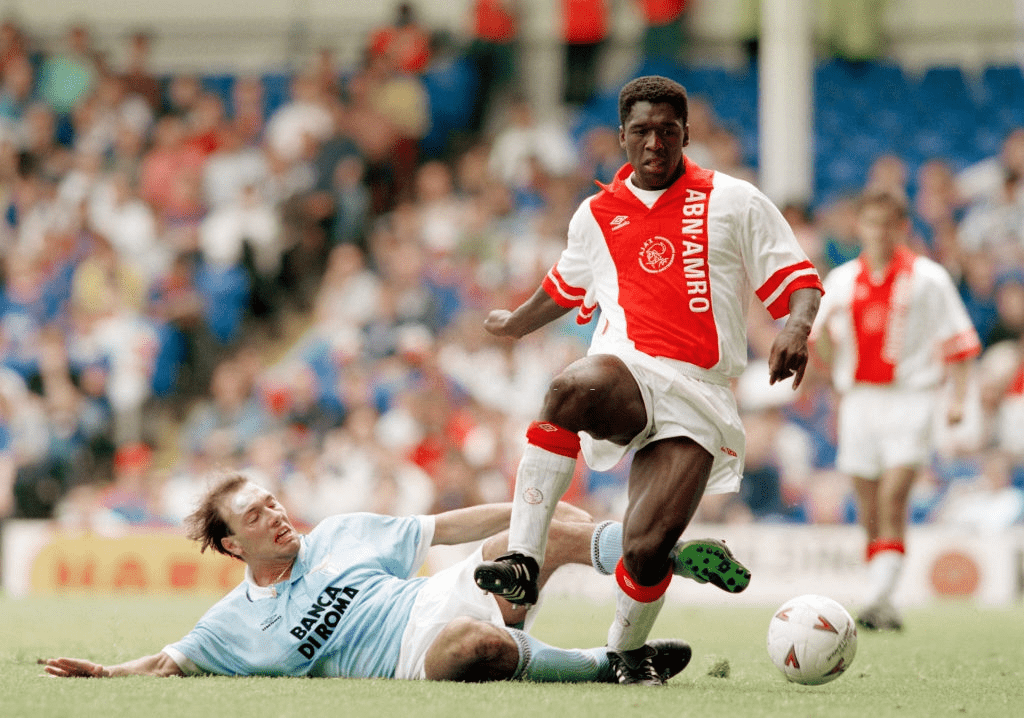
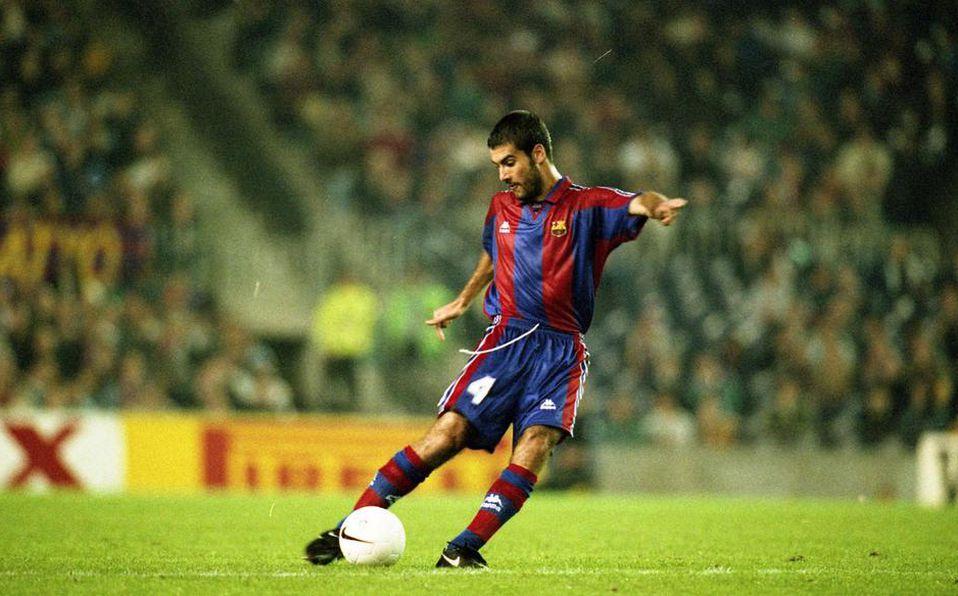
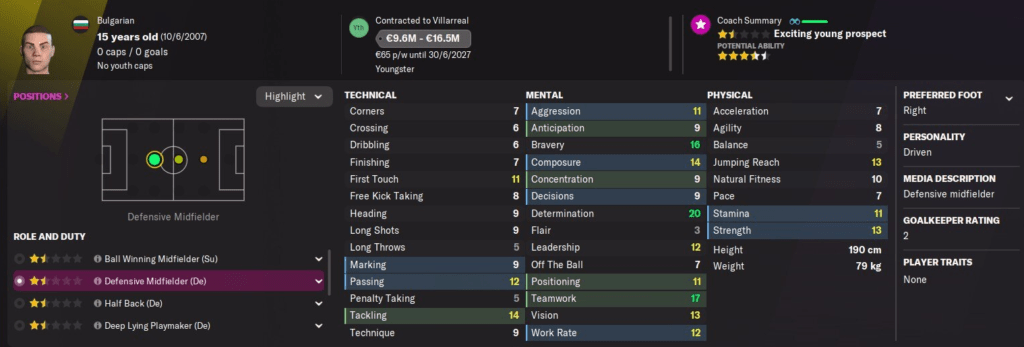
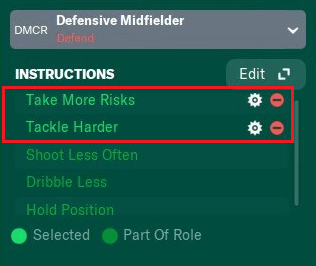

6 thoughts on “Total Football Journeyman: Creating My 4-3-3/4-2-3-1 Hybrid”
Brilliant stuff once again👌🏻
Thanks mate! Glad you enjoyed it 🙂
great read!
thanks for your work
Thank you!
What do you think about Winger, instead Inwerted Winger?